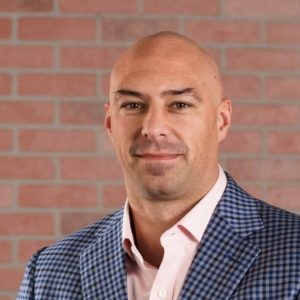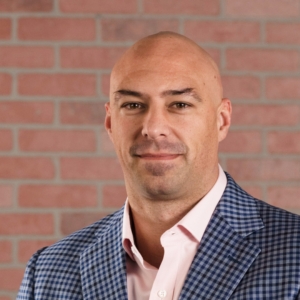How Artificial Intelligence Is Changing Online Education
This Is How Artificial Intelligence Is Changing Online Education
(And the audiobook industry)
Tonight’s guest post on how artificial intelligence is changing online education is from our new guest writer, Helena Sjögren. Helena Sjögren is a Swedish commercial executive and entrepreneur. With over twenty years of experience in global digital companies, fast growing start-ups and scale-ups she is one of the co-founders of the AI audio technology company Reedz.
If I told you that you could have your one-pager translated into spoken words into 70 languages to be able to address almost every person on the planet.
Would you call me crazy then?
And what if I said that this could happen faster than a week at a fraction of the price you pay for translations AND it all is done by a machine that actually sounds human?
Would you call me insane?
I rather think not. I like to think I’m, at least, half sane. Let me get back to why later in this post.
We all have had our perceptions about how a non-human voice sounds, right? With the idea of it sounding like how R2D2 in Star Wars had sound if he could speak or something similar.
So, with the “how hard can it be?” attitude and some groundbreaking AI technology Reedz started to develop text to speech (TTS) solutions and as late as December 2020 the company was founded by a group of friends living in Dubai and Sweden.
The first step was to create an audiobook service with summaries of the best-selling management and inspirational literature and via an App to give listeners access on the go. As per today the content also includes other topics such as health, parenting and special content for kids.
We have created an audiobook service that is developed to suit knowledge-hungry consumers who are interested in developing themselves and their knowledge in an easily accessible way.
Assuming that everyone has a mobile phone and that the time to read for many is limited, no summation is longer than 15 minutes. In addition, we know that our target group is often very concerned about their children’s development, which is why we have created 5-minute fact books especially for children
Along the way we also saw a huge potential in supporting educators to reach a broader audience in their local language. This is how AI is changing education and the way knowledge is reaching beyond borders.
“To do this collaboration with Ron and Learning Without Scars is a great example in many aspects. Our library is enriched with Ron’s expertise and with our technology it is possible for more people to take part of Ron’s classes in their local language. Simply a Win-Win.”
So, back to the question of me being insane or not. With machines so powerful it’s possible to improve the quality of the translation and it all happens as we speak. You are in the middle of this evolution.
We have started to expand very fast. We have shown that technology, languages and our audiobooks work. We can reach a market of between 3.5 and 4 billion people in their home language at the moment but the target is beyond that. We will reach “all” in their first or second language this spring. No one else can do that today. We can produce audiobooks and voice overs at a pace that no one else can.
For us, this is also a democratic issue, we want everyone, no matter where you live in the world, to have the opportunity to share knowledge. Today, it is the already rich and well-educated who have the greatest access to knowledge and preferably in a commercially viable language. We want to change that.
There is a large knowledge bank in the world in addition to what the publisher companies provide who are just waiting to reach their recipient. And there is a big trend in the world that genuine and local content is something that a global audience wants. To be an enabler for that to happen, and to democratize the opportunity to learn is Reedz’s mission.
Learning is everything.
Did you enjoy this blog? Read more great blog posts here.
For our course lists, please click here.









